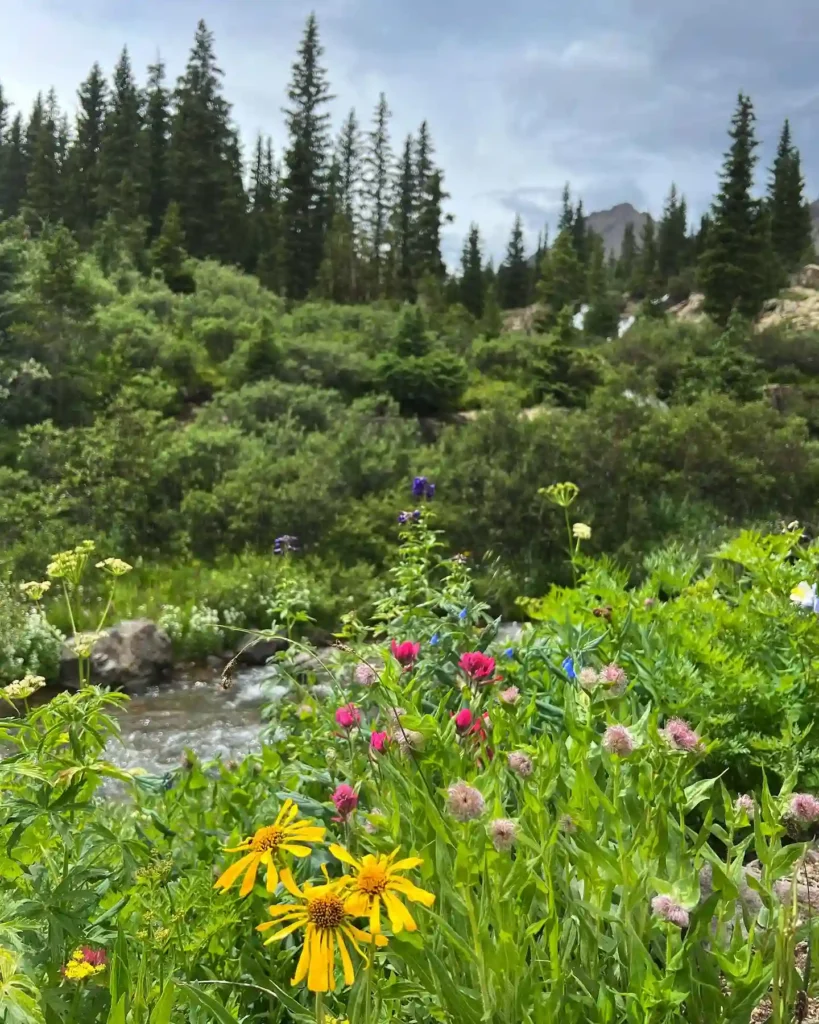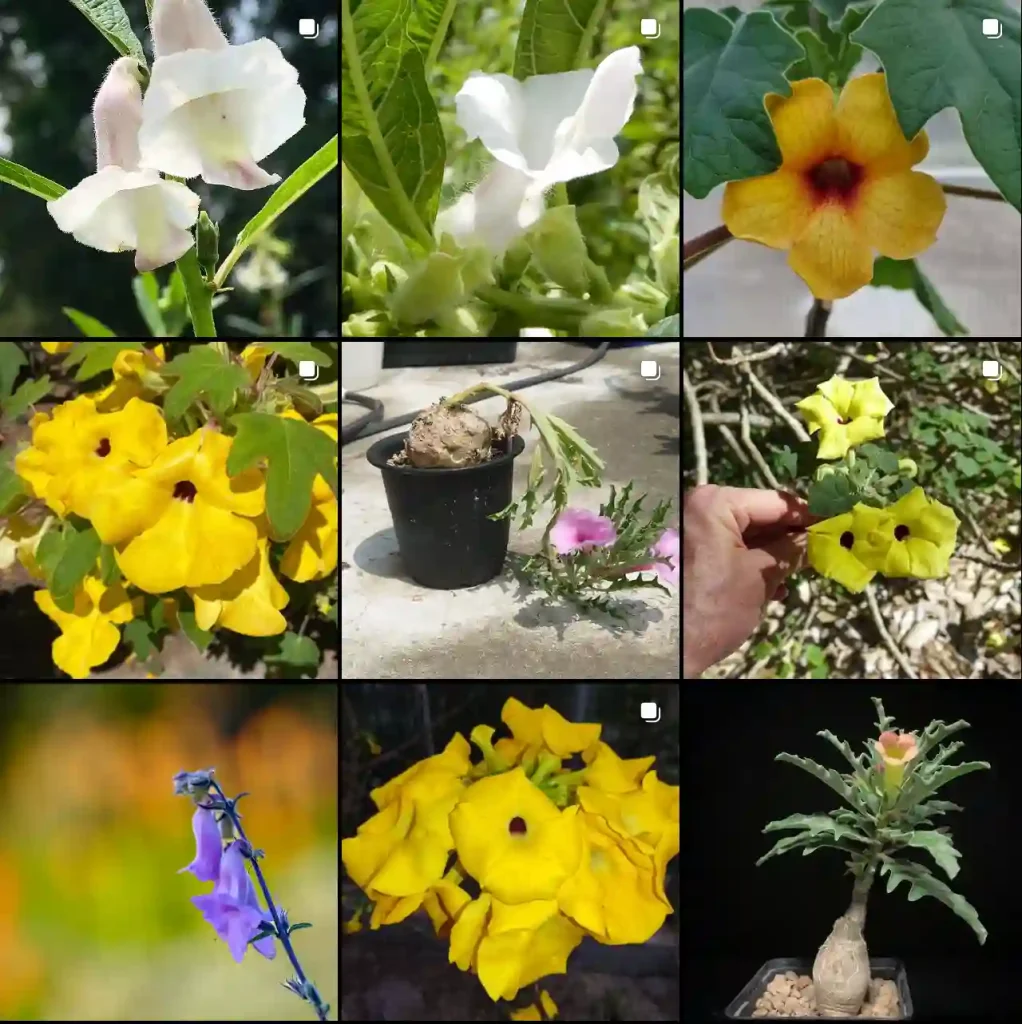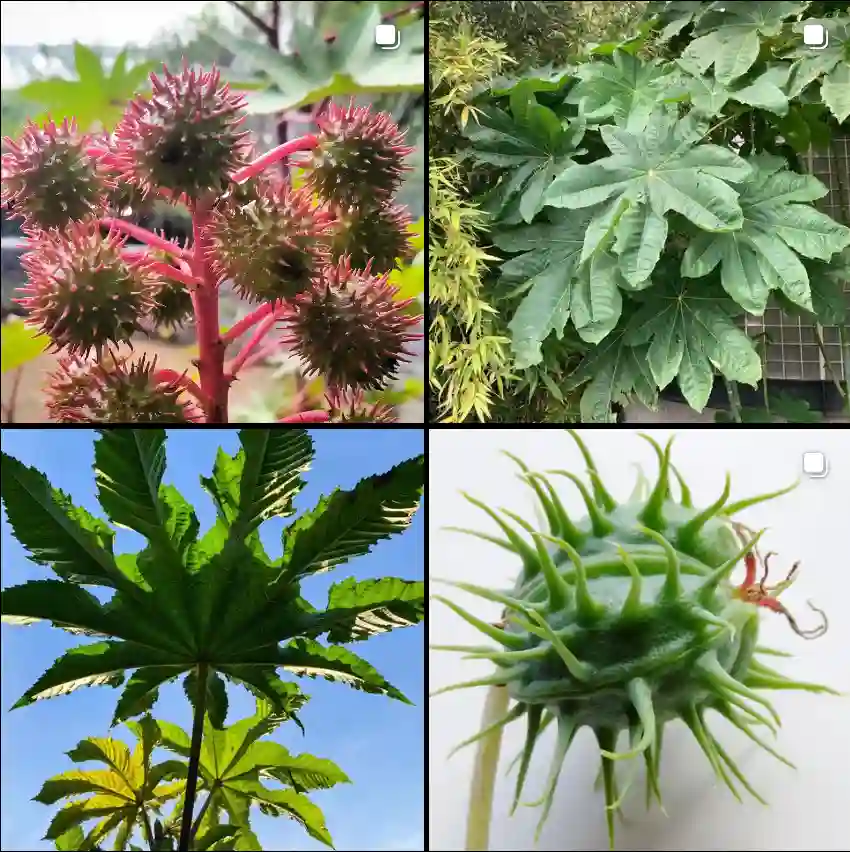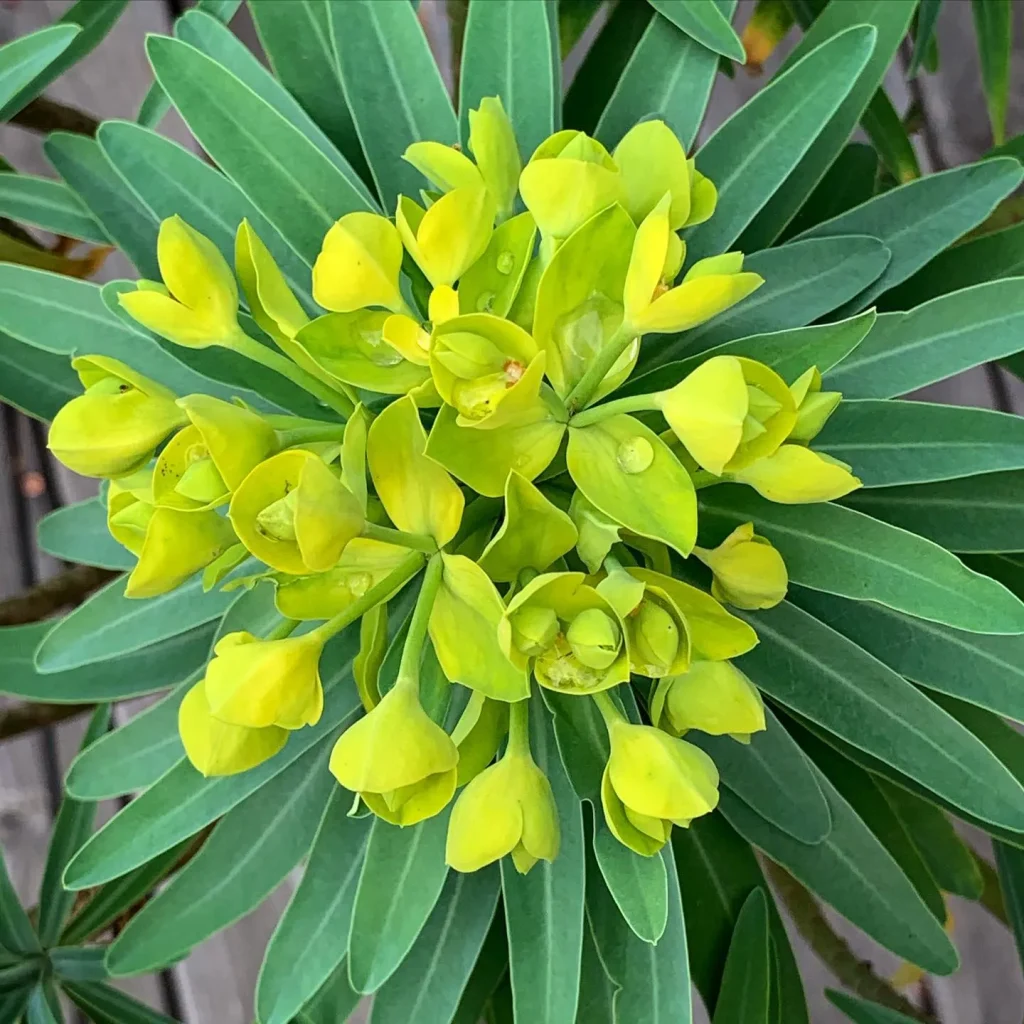Erigeron Canadensis: A Weed or a Wildflower?
Hi, I’m Ferb Vu, and I get a lot of questions about Erigeron canadensis, a plant that goes by many names – horseweed, Canadian fleabane, coltsfoot, and even butterweed. It’s a common sight in fields and disturbed areas, and some folks consider it a nuisance, while others find its daisy-like flowers charming. So, what’s the deal with Erigeron canadensis? Let’s dig in.
465 Species in Genus Erigeron
What is Erigeron canadensis?
Erigeron canadensis is an annual flowering plant in the aster family (Asteraceae). Native to North and Central America, it’s become naturalized in many parts of the world, including Europe, Asia, and Australia. It’s an upright plant, reaching heights of up to 1.5 meters (5 feet) with slender, hairy stems. The leaves are simple, lance-shaped, and have coarsely toothed margins. The real showstopper, though, are the daisy-like flowers. They have numerous white ray florets surrounding a central cluster of yellow disc florets. These flowers bloom from summer to fall, adding a splash of color to meadows and roadsides.
Is Erigeron Canadensis a Weed?
This depends on your perspective. Erigeron canadensis is a prolific seeder, readily germinating in disturbed areas. It can outcompete some native plants, especially in nutrient-poor soils. For farmers and gardeners, it can be a troublesome weed. However, it also provides nectar for pollinators like butterflies and bees. Additionally, some folks appreciate its late-blooming flowers, adding color to the landscape when many other plants have finished flowering.
Horseweed vs Goldenrod
In my experience, Horseweed has a more weedy, untamed look compared to Goldenrod‘s bright, cheerful yellow blooms, which I find much more appealing in a garden setting.
Horseweed vs Fleabane
I’ve noticed that Horseweed tends to be more aggressive and can overtake spaces quickly, while Fleabane’s delicate, daisy-like flowers bring a lighter, more manageable presence that I prefer for adding a touch of subtle beauty.
Horseweed vs Horsetail
Horseweed has a rougher, more chaotic growth pattern, whereas Horsetail, with its unique, segmented stems, adds a striking architectural element to the garden that I appreciate for its distinctiveness and orderliness.
How to Care for Erigeron Canadensis?
While Erigeron canadensis isn’t typically cultivated, it can tolerate a wide range of conditions. If you find it growing in your garden and don’t mind it, you don’t need to do much. It thrives in full sun and prefers well-drained soil. It’s drought-tolerant once established and doesn’t require any fertilizer.
However, if you consider it a weed, there are ways to control it. Hand-pulling seedlings is effective, especially in the early spring before they flower and set seed. You can also try smothering young plants with mulch. Be aware that mature plants produce a vast amount of seeds, so controlling them can be challenging.
How to Propagate Erigeron Canadensis?
As mentioned before, Erigeron canadensis is a prolific seeder. If you want it in your garden, you likely won’t need to do anything. Just let it grow and flower, and it will readily self-seed. However, if you want some control over its placement, you can collect seeds in the fall. They remain viable for several years and germinate readily in disturbed soil. Simply scatter the seeds in a desired location in the fall or early spring and keep the area moist until germination.
What to Plant with Erigeron Canadensis?
If you don’t mind Erigeron canadensis growing in your garden and find its late-blooming flowers attractive, there are plants that complement it well. Here are a few ideas:
- Black-eyed Susan (Rudbeckia hirta): These cheerful yellow flowers bloom alongside Erigeron canadensis, creating a sunny display.
- Purple Coneflower (Echinacea purpurea): The vibrant purple cones of Echinacea add a touch of contrast and provide late-season color.
- Goldenrod (Solidago spp.): Goldenrod’s tall, golden plumes bloom in late summer and fall, creating a harmonious partnership with Erigeron canadensis.
- Native Grasses: Ornamental grasses like switchgrass (Panicum virgatum) or little bluestem (Schizachyrium scoparium) add texture and movement to the garden and provide winter interest.
Remember: Always check with your local authorities before planting Erigeron canadensis, as it can be considered invasive in some areas.
By understanding Erigeron canadensis and its characteristics, you can decide whether to welcome it into your garden or manage it as a weed. Whether you see it as a wildflower or a weed, there’s no denying its resilience and its contribution to the late-season floral display.
If i die, water my plants!



